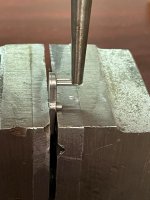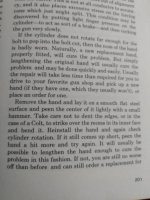oldrookey617
Member
I think the timing is just a little slow on a couple of my S&W revolvers, M617 & M637.. is there a easy Miricale fix for that issue ? and they are fairly new, will they wear in worse or be better ? will it get slower or faster timing the more it's been used, or will a old wore out revolver have slow or fast timing ? or just live with it, thanks for any info..
Last edited:


